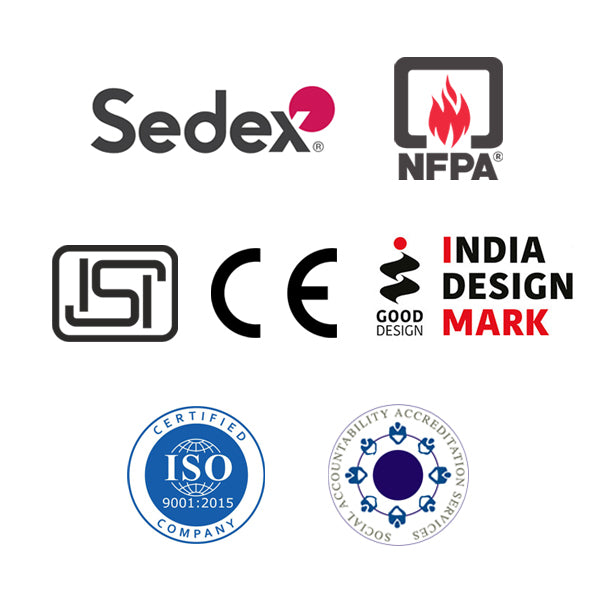F234
Share
Welder Gloves
- Natural Combined welder glove
- Natural grain palm Split leather back
- 15 cm split cuff
- Heat resistant up to 100 degrees c (for 10 sec
Tear Resistant
Dexterity
Sparks
Flame Resistant
EN 388
EN 407
EN 12477
Delivery & Services

Easy Return
with our 15 days return poicy
Regular price
Rs. 0
Sale price
Rs. 0
Regular price
Tax included.
Shipping calculated at checkout.
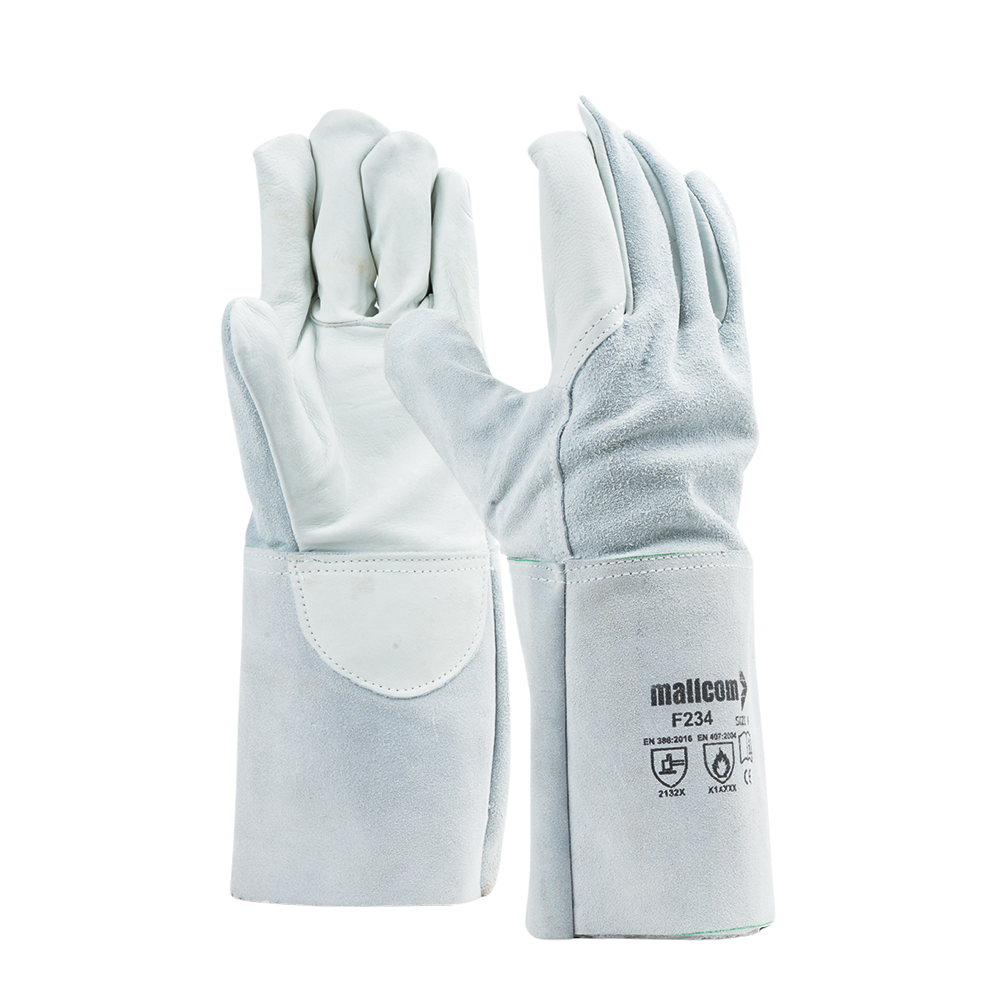
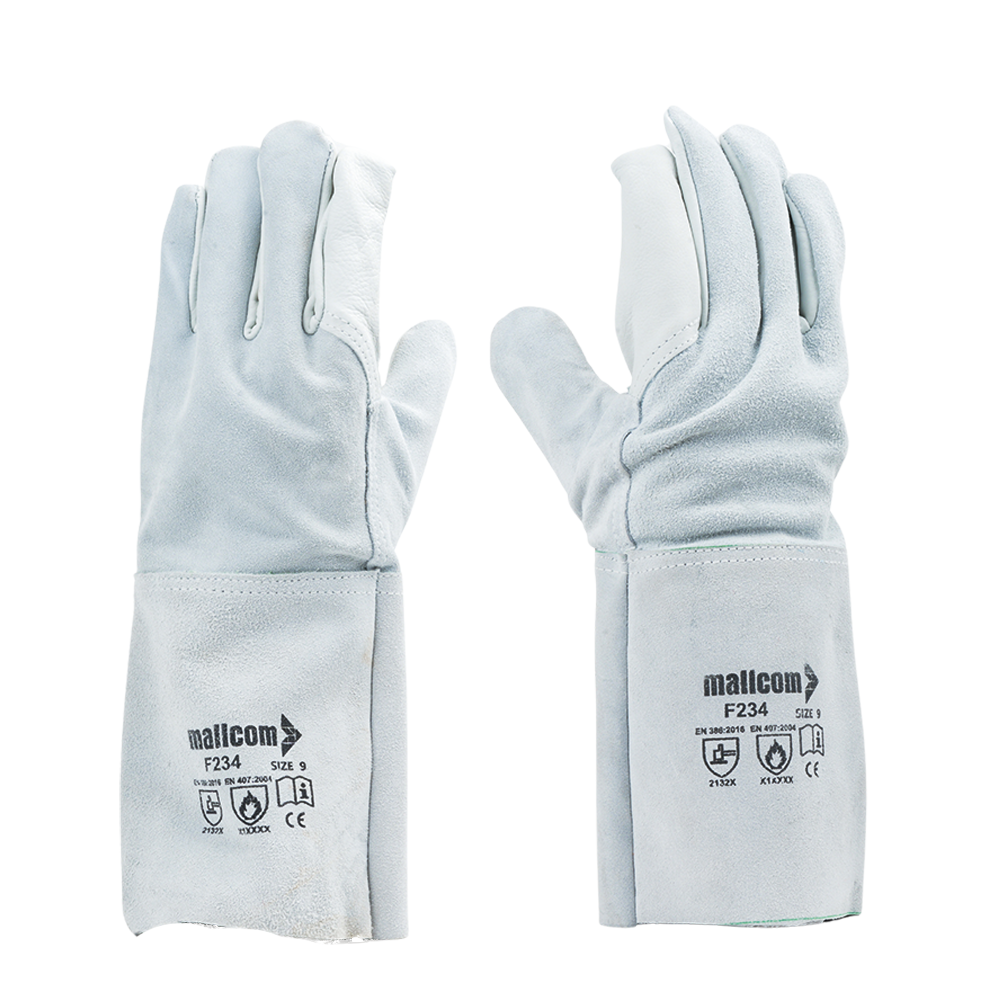
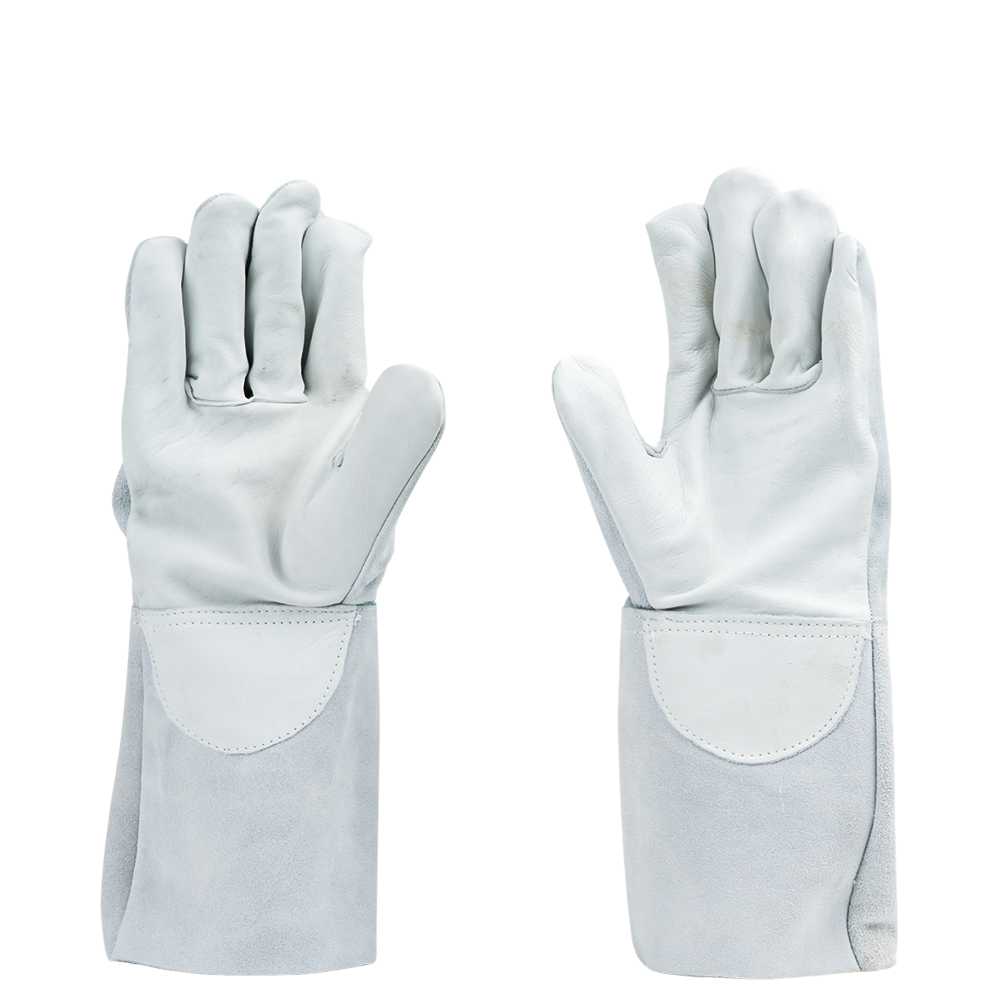
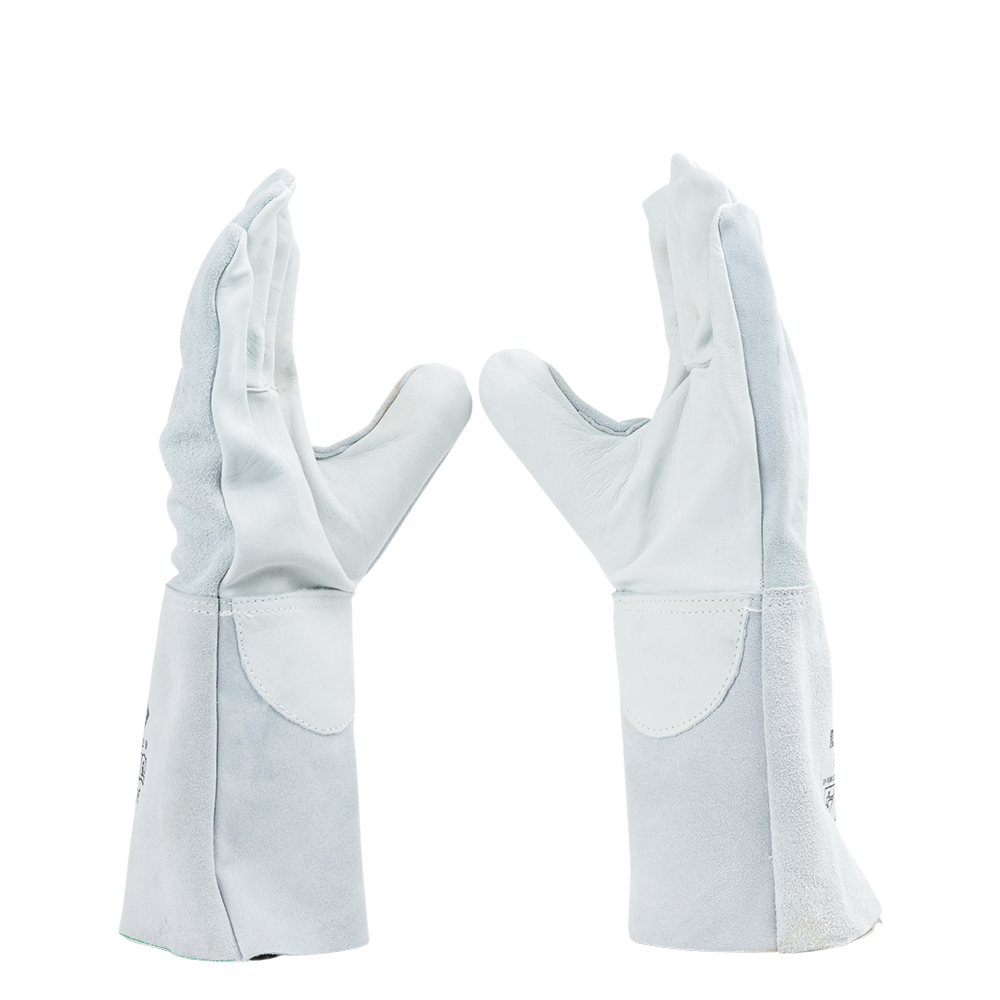
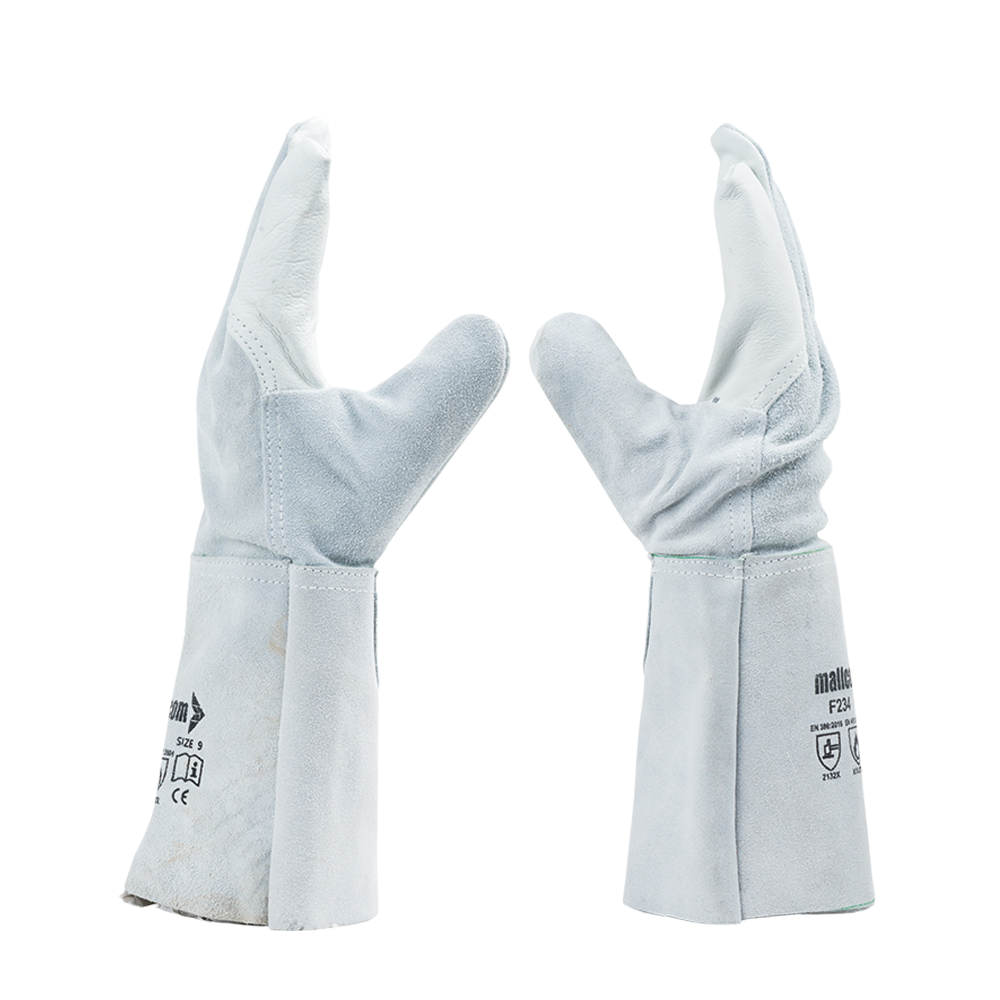
ABOUT THE DESIGN
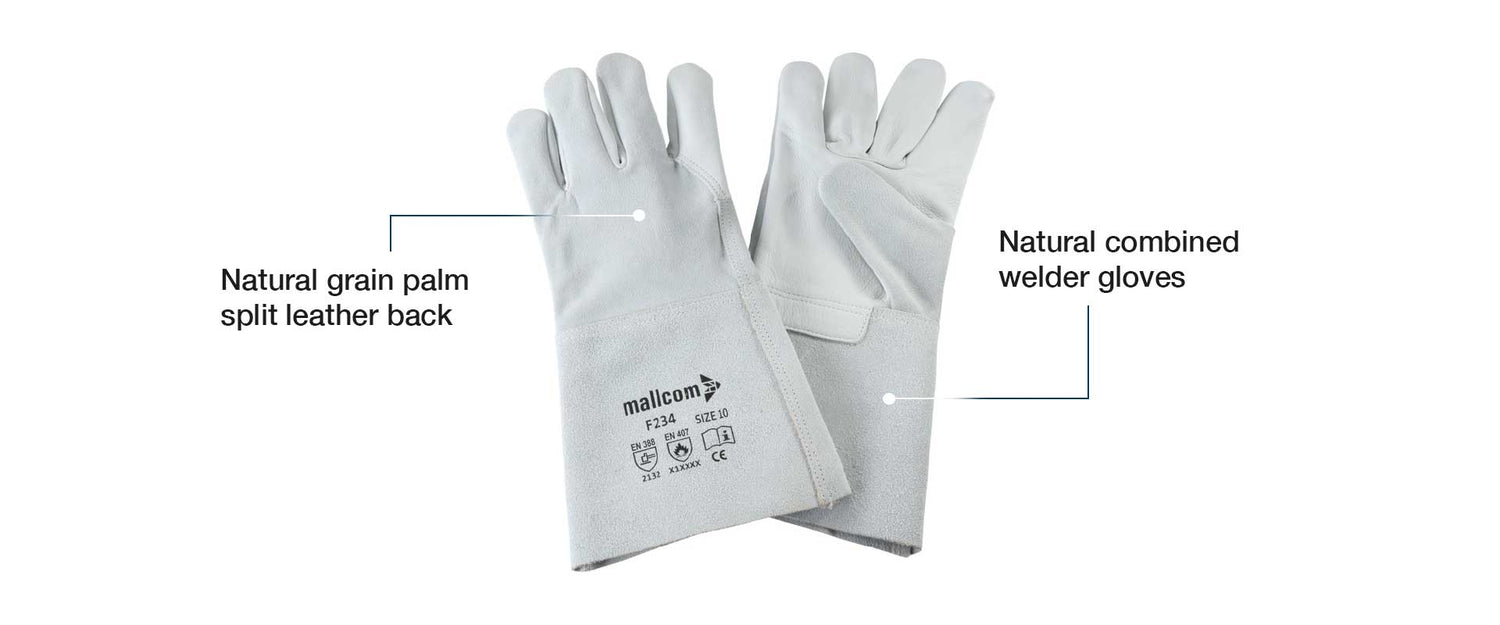
USEFUL IN THESE INDUSTRIES
Automobile
Iron & Steel
Metallurgy
Repairs & Maintenance

Product Features
ABOUT THE DESIGN
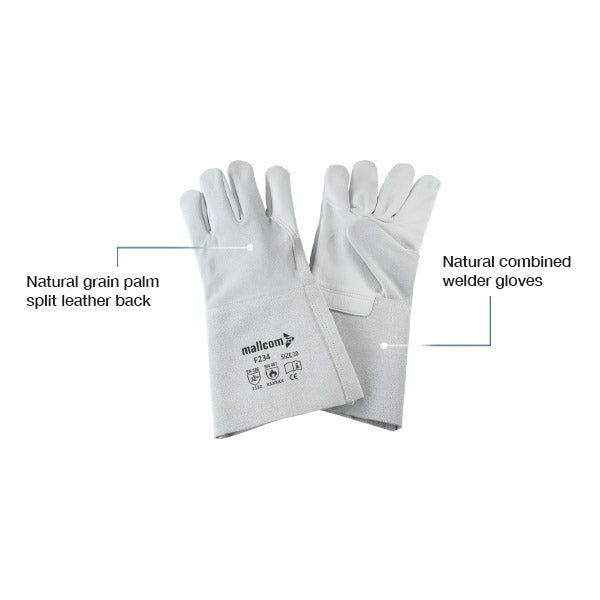
USEFUL IN THESE INDUSTRIES
Automobile
Iron & Steel
Metallurgy
Repairs & Maintenance
Product Details
